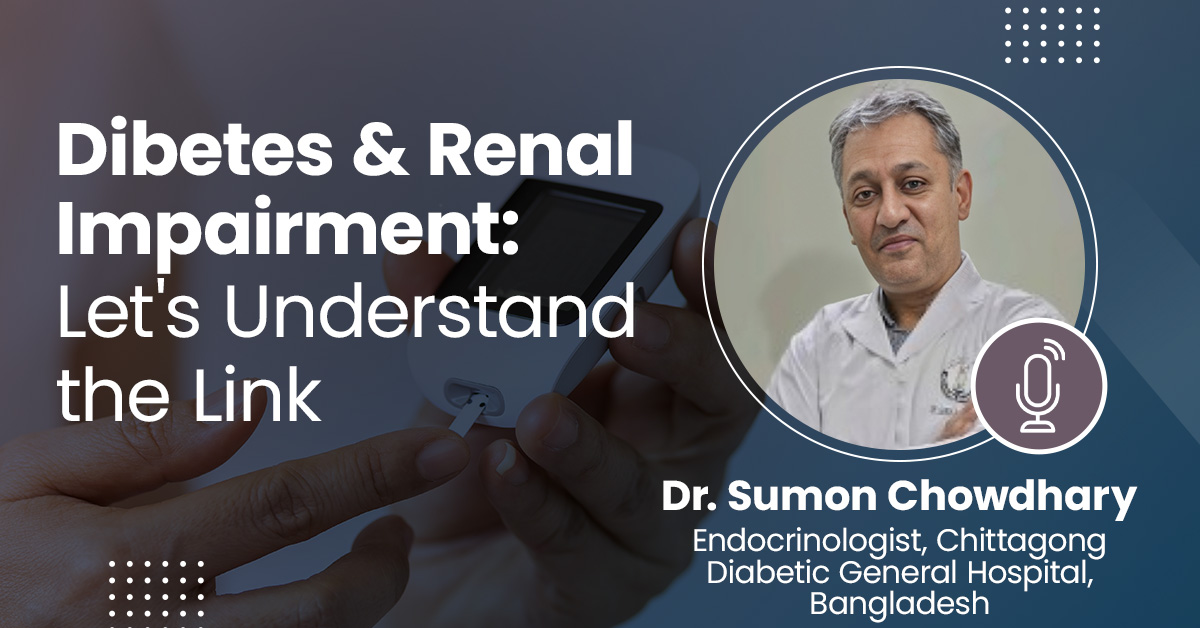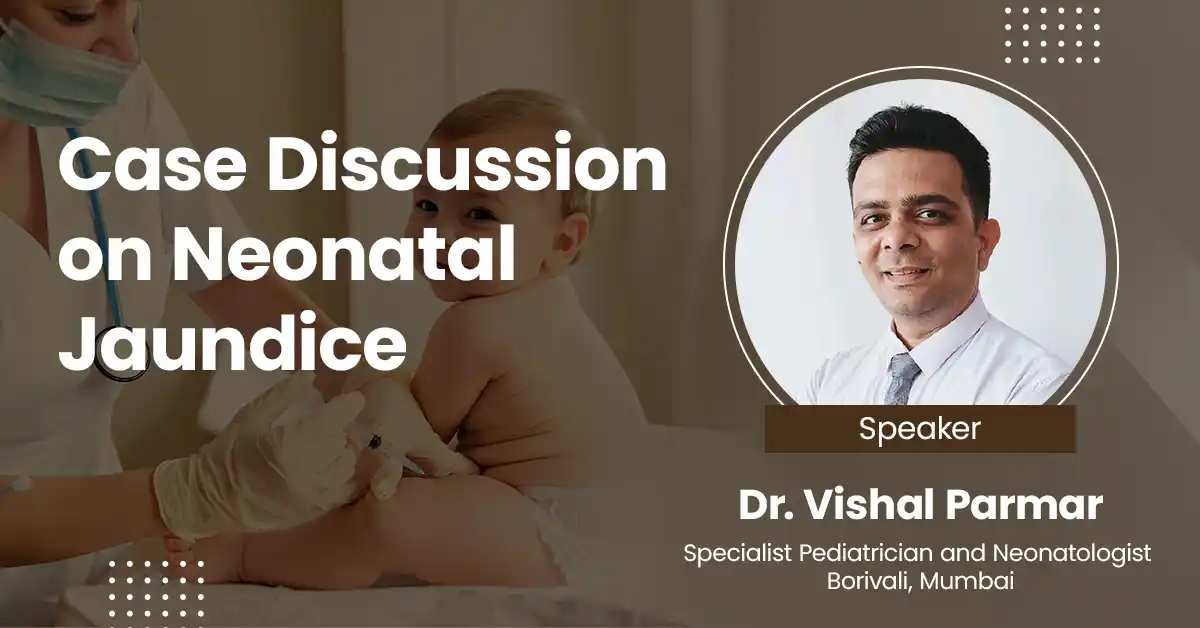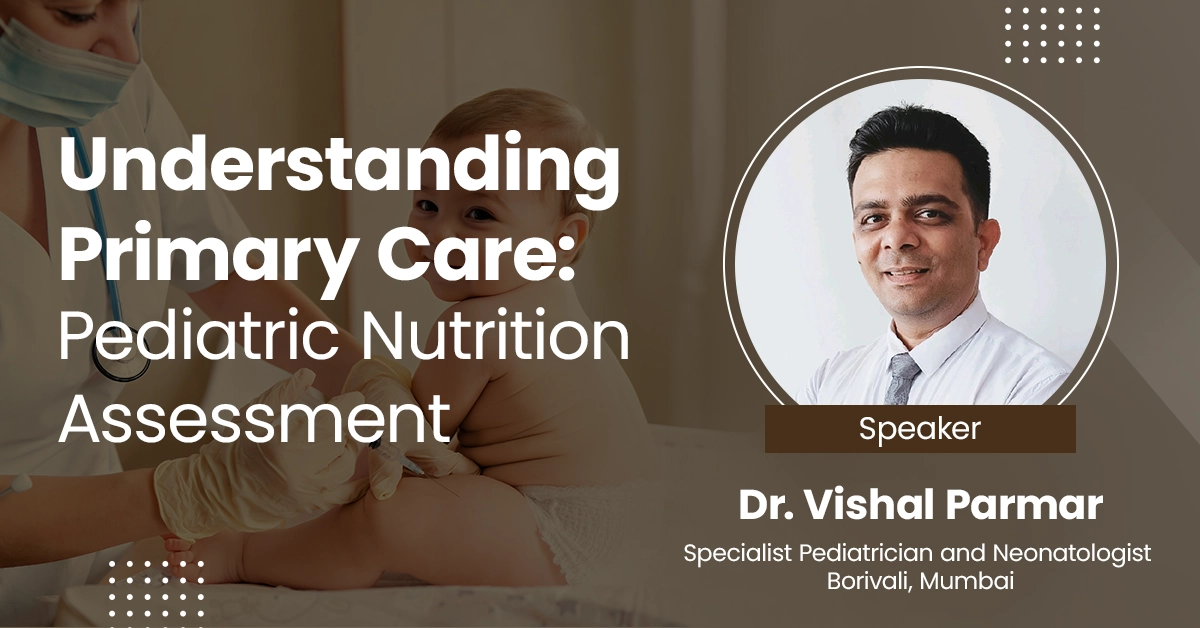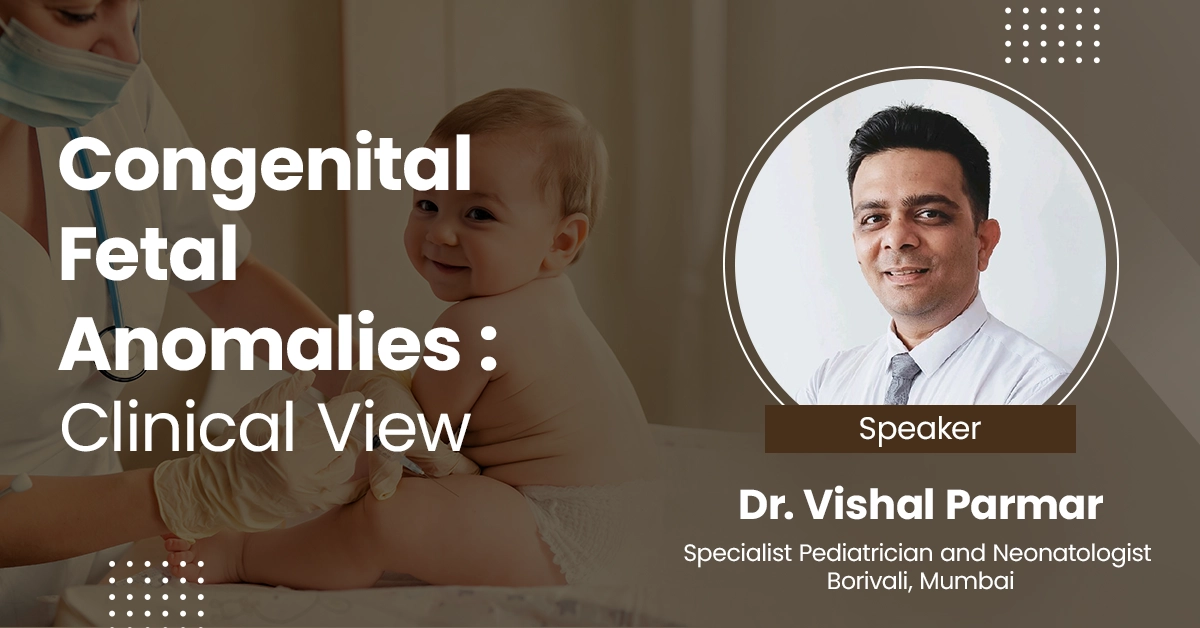- 152.9k views
Congenital Fetal Anomalies : Clinical View
Congenital anomalies can be defined as structural or functional anomalies that occur during intrauterine life. Also called birth defects, congenital disorders, or congenital malformations, these conditions develop prenatally and may be identified before or at birth, or later in life. An estimated 6% of babies worldwide are born with a congenital anomaly, resulting in hundreds of thousands of associated deaths. However, the true number of cases may be much higher because statistics do not often consider terminated pregnancies and stillbirths. Some congenital anomalies can be treated with surgical and non-surgical options, such as cleft lip and palate, clubfoot, and hernias. Others, including heart defects, neural tube defects, and down syndrome, can cause lifelong impacts. Congenital anomalies are one of the main causes of the global burden of disease, and low- and middle-income countries are disproportionately affected. These areas are also less likely to have facilities to treat reversible conditions such as clubfoot, leading to more pronounced and long-lasting effects.
About the Speaker

Dr Vishal Parmar
MBBS, DCH, MRCPCH,Fellow in Neonatal Medicine,PGPN Bostan Pediatrician Mumbai, India.
Upcoming Case Discussions
eIntegrity: Advancing Healthcare for Workers Globally
During the webinar, Mr. Graves will provide insights on - eIntegrity's mission, links with the Royal Colleges in United Kingdom - Extensive range of programmes, and 2022 activity. - He will also highlight the key benefits of eIntegrity courses for healthcare professionals, including world-class e-learning developed by clinicians for clinicians, availability online 24/7, highly engaging and interactive content, suitability for training and professional development, and support for traditional and new learning approaches. About eIntegrity eIntegrity operates independently from Health Education England and is accountable to the eIntegrity Executive Board, which comprises members from the Royal Medical Colleges and Health Education England. By providing high-quality, accessible training and education for healthcare professionals, eIntegrity aims to improve patient care and outcomes worldwide.
Diabetes and Renal Impairment : Let’s Understand the Link
Individuals with diabetes often develop kidney disease or damage over time. We refer to this kind of kidney disease as diabetic nephropathy. Nephrons in diabetics gradually thicken and get damaged over time. Urine starts to contain protein (albumin) due to nephron leaks. This damage may occur years before kidney disease symptoms appear. When type 2 diabetes develops slowly, kidney damage may already be present in some patients when they are first diagnosed.
Case Based Approach to Upper GI Bleed
Finding the source of the bleeding is essential for the effective management of upper gastrointestinal (GI) bleeding, and if this is done, endoscopic treatment is frequently available. However, because of the bleeding's location or other technical factors, identifying it can be difficult. Consequently, it may be required to employ methods other than endoscopy, including CT angiography. A rare cause of upper gastrointestinal bleeding, duodenal diverticula can be difficult to identify since they sometimes call for specialized endoscopic treatments, like side-viewing endoscope.This case covers the details of first instance of this uncommon syndrome being successfully managed using an upper GI endoscopy using a colonoscope, followed by intravascular coiling.
Hepatitis: Know the Facts
Hepatitis is an inflammation of the liver, often caused by viral infections, toxins, or autoimmune diseases. The most common types are Hepatitis A, B, and C, each with different modes of transmission and severity. Hepatitis A is typically spread through contaminated food or water, while Hepatitis B and C are usually transmitted through blood or bodily fluids. Symptoms can include jaundice, fatigue, abdominal pain, and nausea. Chronic Hepatitis B and C can lead to serious complications such as liver cirrhosis or liver cancer. Vaccines are available for Hepatitis A and B, but there is no vaccine for Hepatitis C. Early detection and treatment are crucial for managing and preventing severe liver damage.
Approach to Benign Breast Diseases
The breasts are intricate structures made up of tissue, fat, and glands. Developing a breast lump, cyst, or tumor is a rather typical occurrence. We call this benign breast illness. Even though none of these breast disorders are deadly or malignant, they could raise your chance of getting breast cancer in the future. Even while the majority of breast diseases don't result in cancer, the idea is to get familiar with the feel and appearance of breasts to recognize changes even if the majority of breast diseases are not malignant.










